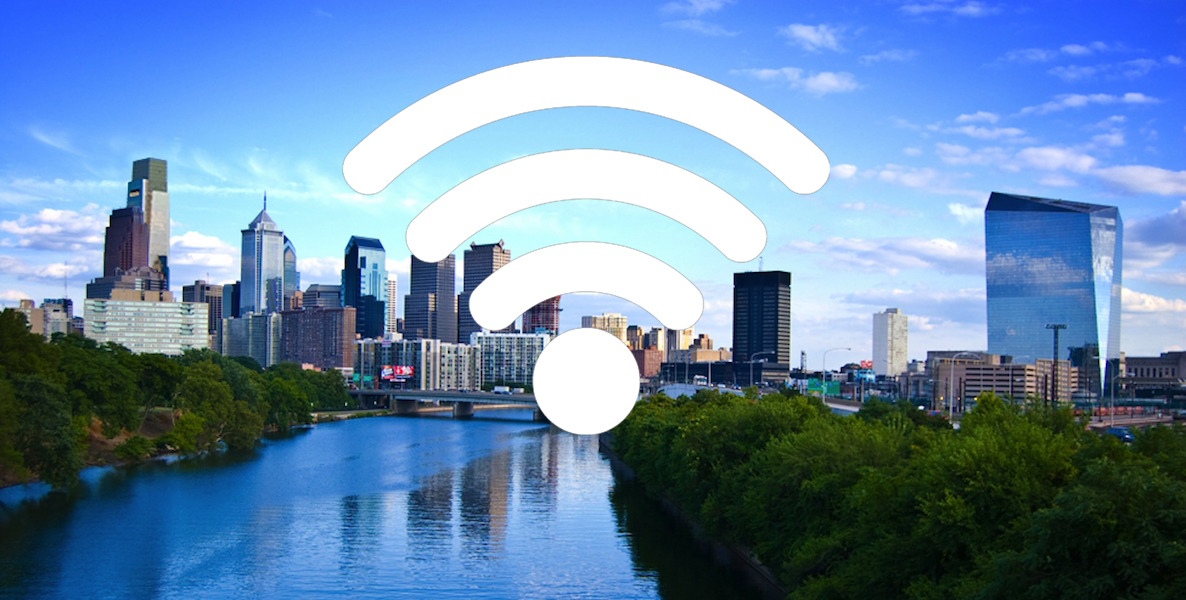When I asked Professor Richardson Dilworth of Drexel’s Center for Public Policy to analyze the stats comparing the civic health of Dallas and Philly in this week’s chart below, he responded with a telling trivia question.
“Here’s a fun test,” he said. “Tell me what city this quote from Governing Magazine refers to: ‘For years,…[the city]…had been slumping, sunk in a morass of racial discord, skyrocketing crime, hard economic times and distracted public officials, amid an unbroken exodus of businesses and middle-class residents to the suburbs… Several members of the city council were under federal investigation.’”
The answer? “Shockingly enough,” Dilworth said, “this article is not about Philadelphia, but Dallas.”
Though there are many similarities between the two cities, the differences speak volumes. For example, our chart shows that Dallas had more high school graduates last year, but Dilworth says there may be a reason for that. “The higher percentage of recent high school graduates in Philadelphia may just be a reflection of the age profile of the two cities,” he says. “In 2010, 23 percent of Philadelphia was under 18, compared to 27 percent of Dallas. The education and poverty rates are roughly similar, too.”
As you can tell, Dallas and Philadelphia have roughly equal diversity rates, but Dilworth points out that there are differences beneath the surface. Dallas has a far greater Latino/Hispanic population, 42 percent of the population versus 12 percent in Philadelphia, according to the 2010 Census. And Dallas has a much higher proportion of the population that is foreign born than we do—24 percent to 12 percent. And 43 percent of Dallas residents speak a language other than English at home, compared to 22 percent in Philadelphia.
“Does all of this make Dallas actually more diverse than Philadelphia?” asks Dilworth. “I think it means that Dallas has more challenges in terms of public education—bilingualism is more expensive—and is more susceptible to Trump-style anti-immigrant backlash politics.”
Perhaps the most glaring difference in this week’s numbers concerns voter turnout in the last mayoral election. This may be due to the fact that popular incumbent Mayor Mike Rawlings cruised to reelection last year with 75 percent of the vote. But Dilworth says it likely goes deeper than that. “Michael Nutter had an easy reelection in 2011 when there was 20 percent turnout, much better than in Dallas last year,” he says. “The extra wrinkle in Dallas is that mayors there don’t actually have that much power. The real power in Dallas resides with the city manager. In that sense, Dallas is a classic Sunbelt weak mayor city, and Dallas voters seem to acknowledge this by mostly staying home for mayoral elections.”
Dallas Idea We Should Steal: An Innovation Alliance
In recent years, Philadelphia’s city government has been recognized for its innovations, especially when it comes to sustainability. Recently, the Kenney administration has launched an Internet of Things initiative, calling for ideas as to how the city can use technology to dramatically improve the way it operates, in everything from Internet connectivity to street lighting, crime prevention, meter reading, parking, and public safety.
While that’s a great thing, innovation shouldn’t just be driven by city government. In Dallas, numerous stakeholders have come together to form the Dallas Innovation Alliance, a nonprofit public-private partnership recognized by the White House for turning Dallas into a smart city. Corporations, private sector firms, nonprofits and government officials have all worked together to make Dallas a hotbed of innovation, tech development and economic growth strategies. In the West End, one of the city’s oldest neighborhoods, the Alliance has introduced free public Wi-Fi, streetlights that measure air pollution, a smart parking app, and solar-powered waste management with sensors that detect when trash cans need to be emptied.
But what the Dallas Innovation Alliance is doing isn’t as revolutionary as how they’re doing it—by involving so many different constituencies. In Dallas, the city is partnering with some two dozen companies and foundations. For Philadelphia, what might be most innovative about the Dallas Innovation Alliance is the simple idea of the business community and government working together.
“In Philadelphia, there’s a history of outsourcing leadership to local government,” says Professor Dilworth. “Public-private partnerships like in Dallas can offer us a way to get all key stakeholders to sit at the problem-solving table together.”
Next week we take on New York.
Connor Barwin is the Eagles defensive end and runs the Make The World Better foundation, which works to refurbish city parks.
Results
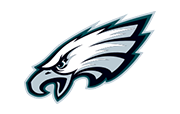
PhiladelphiaEagles |
|

DallasCowboys |
|
# of B Corporations
27 |
7 POINTS
Eagles |
# of B Corporations
2 |
|
% Graduated high school in last school year
65 |
7 POINTS
Cowboys |
% Graduated high school in last school year
84.8 |
|
Diversity Index
0.34 |
7 POINTS
Cowboys |
Diversity Index
0.32 |
|
% Bike to work
1.9 |
7 POINTS
Eagles |
% Bike to work
0.2 |
|
% Acres of park space
13 |
7 POINTS
Eagles |
% Acres of park space
12.6 |
|
Violent crime per 1,000 residents
10.2 |
7 POINTS
Cowboys |
Violent crime per 1,000 residents
6.6 |
|
% Voted in last mayoral election
25.5 |
7 POINTS
Eagles |
% Voted in last mayoral election
6.76 |
|
% Below poverty
26 |
7 POINTS
Cowboys |
% Below poverty
24.5 |
|
Public transportation score
67 |
7 POINTS
Eagles |
Public transportation score
39 |
|
Final Score
35 |
Philadelphia
Eagles |
Final Score
28 |
Sep. 11 |
63-0
Eagles |
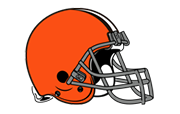
Browns |
Sep. 19 |
28-35
Bears |
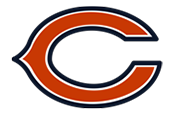
Bears |
Sep. 25 |
35-28
Eagles |
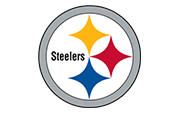
Steelers |
Oct. 09 |
63-0
Eagles |
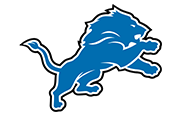
Lions |
Oct. 16 |
28-35
Redskins |
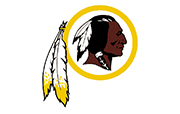
Redskins |
Oct. 23 |
28-35
Vikings |
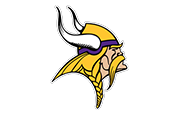
Vikings |
Oct. 30 |
35-28
Eagles |

Cowboys |
Nov. 06 |
14-49
Giants |
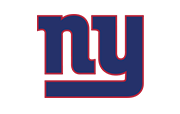
Giants |
Nov. 13 |
56-7
Eagles |
Falcons |
Nov. 20 |
35-28
Eagles |
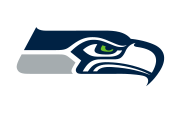
Seahawks |
Nov. 28 |
35-28
Eagles |
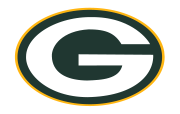
Packers |
Dec. 04 |
35-28
Eagles |
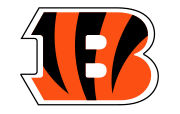
Bengals |
Dec. 11 |
28-35
Redskins |

Redskins |
Dec. 18 |
49-14
Eagles |
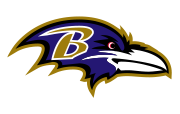
Ravens |
Dec. 22 |
14-49
Giants |

Giants |
Civic Record:
EAGLES |
Wins
9 |
Losses
4 |
Upcoming Games:
For more information on this data, see the Civic Season Explained page.
Note: The Eagles play Washington, D.C., New York and Dallas twice this season, but we only count each city once in the Civic Record.



